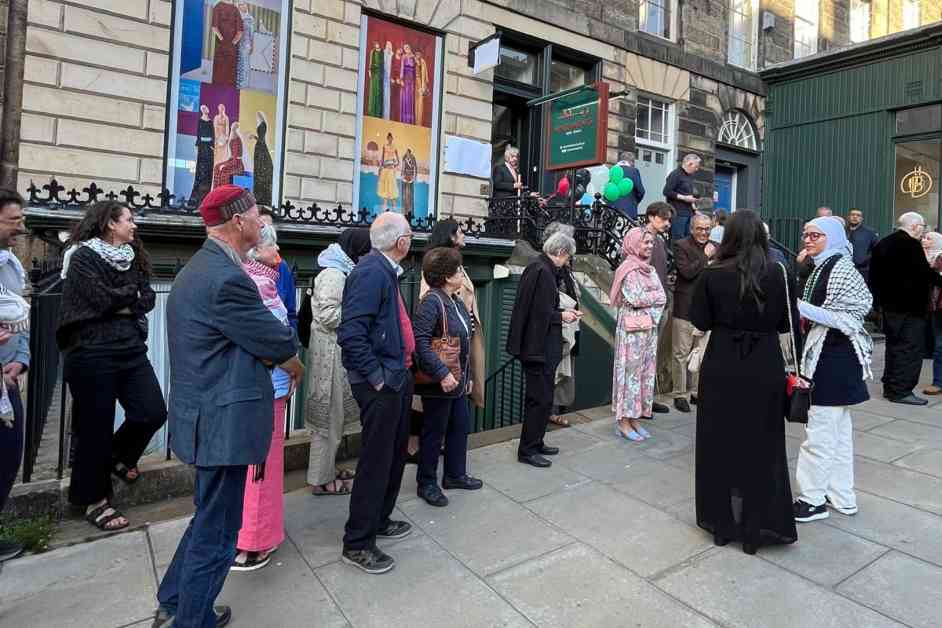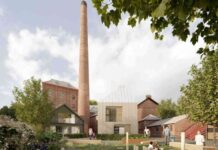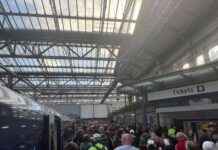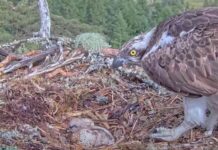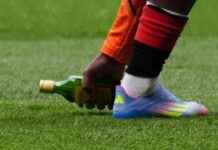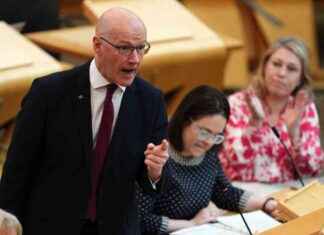On a warm Thursday evening in Edinburgh, a small crowd has gathered to witness a European first. In a small space on Dundas Street, the continent’s first museum of contemporary Palestinian art is hosting its launch night ahead of its public opening this weekend. The large number of the throng is made up of the vast Palestinian diaspora.
The date is significant: May 15 marks Nakba Day, when Palestinians commemorate the loss of their homes, lands, and sometimes lives in the creation of Israel. The United Nations Partition Plan for Palestine was adopted in 1947, splitting the land into the new Jewish state and a Palestinian one. Around 56% of what was then British Mandatory Palestine was to be allocated to Israel, despite Arabs making up two-thirds of the population and, at the time, owning roughly 90% of the land.
Soldiers were given lists of settlements, along with a detailed description – access roads, quality of land, water springs, main sources of income, level of hostility – and its fate: destruction, occupation, or expulsion. Israel declared its independence on May 14, and the following day a coalition of neighbouring Arab states invaded. By the time of the armistice in March 1949, Israel controlled around 78% of what had been Mandatory Palestine, with more than 700,000 Palestinians forced out of their homes. They call this ‘al-Nakba’, the catastrophe.
The art in the gallery, however, is altogether lighter. A landscape painting of an olive grove, kites flying in a clear blue sky, a woman in a headscarf standing in the sun-kissed sea. On one wall are pictures drawn by children from Gaza, bright, crayon drawings. As Mr Saleh told The Herald: “There are not a lot of gory scenes and scenes of violence whatsoever. It’s just regular, the kind of art you’d see in a typical modern art museum. We are trying to show that Palestinians are human, just like everyone else.”

